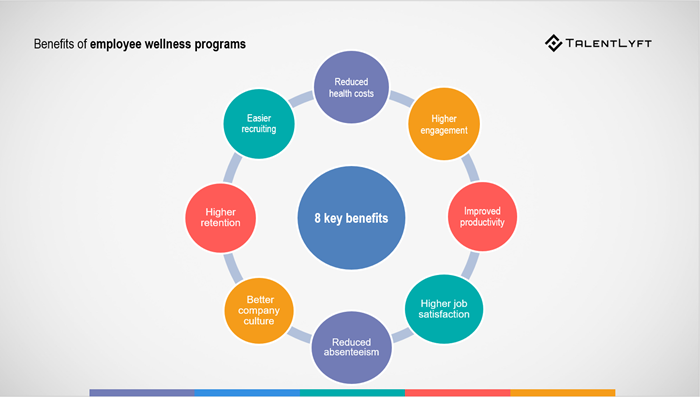 By Casey Lucius, Ph.D., Assistant to the City Manager, City of Marco Island
By Casey Lucius, Ph.D., Assistant to the City Manager, City of Marco Island
50 Bald Eagle Drive, Marco Island, FL 34145
clucius@cityofmarcoisland.com
Last month the City of Marco Island Human Resources Department led an employee fitness challenge. We had over 35 employees participate, either as part of a team or individually. We used an app provided by our health insurance provider in which employees could log their daily walking, running, swimming, yoga, or other fitness activities. Each minute of activity earned points and at the end of eight weeks, the individual and team with the most points won gift cards. The fitness challenge was a great success as it garnered a high level of participation, promoted friendly competition among departments, it got employees talking about their workout routines, and contributed to overall employee wellness.
Employee wellness has become a bit of a catchphrase in recent years, but it is actually an important part of employee engagement and a potential cost-saver for many employers. According to 22 different studies on this topic, the average return on investment for employee wellness programs is 3.27. This means for every dollar spent, the employer saved $3.27 because of reduced healthcare costs.[1]
One of the great benefits of our employee fitness challen ge was that the rewards we gave out were reimbursed by our insurance provider. In the case of Marco Island, we opted to add the wellness services provided by our health insurance carrier by paying a small fee per employee. However, the wellness program includes a reimbursement to the city of up to $15,000 which allows the city to purchase items to incentivize employees to participate in specific wellness activities.
ge was that the rewards we gave out were reimbursed by our insurance provider. In the case of Marco Island, we opted to add the wellness services provided by our health insurance carrier by paying a small fee per employee. However, the wellness program includes a reimbursement to the city of up to $15,000 which allows the city to purchase items to incentivize employees to participate in specific wellness activities.
Wellness activities do not have to include physical fitness, they can include using a maternity nursing coach, mental health counseling, financial consultation, diet and weight management, tobacco-free programs, stress reduction and coping techniques, and much more. The cost savings for employers comes into play when more employees engage in preventive care such as annual physicals, biometric screenings, and health assessments. Being proactive to improve health and being knowledgeable of possible risks can prevent the potential for larger claims in the future.
Equally important is that employees who are healthy are able to focus on their jobs, be more productive, and have fewer sick days. A survey by the American Psychological Association found that 91% of employees at companies that support well-being said they feel motivated to do their best, are satisfied with their job, and have a positive relationship with supervisors and coworkers.[2] As indicated in the image from TalentLyft, there are multiple benefits of having a structured wellness program.
Not all cities have a formal wellness program or a dedicated employee who can spearhead these initiatives, so here are three easy ways to include wellness in your communication to employees and get your employees to take the lead on their own health and wellbeing.
We all know employee wellness is important, but it can be one of those tasks that gets pushed to the backburner when we’re all busy. A wellness program does not have to be overwhelming. Simple things can be fun and engaging for employees, and letting employees come up with ideas and lead the initiatives will garner even more interest and participation. This is one project where the juice will be worth the squeeze.
[1] Steven G. Aldana, Ph.D., “Financial Impact of Health Promotion Programs: A Comprehensive Review of the Literature,” American Journal of Health Promotion, 2001.
[2] Press Release from American Psychological Association, “Workplace Well-being Linked to Senior Leadership Support, New Survey Finds,” June 1, 2016.







